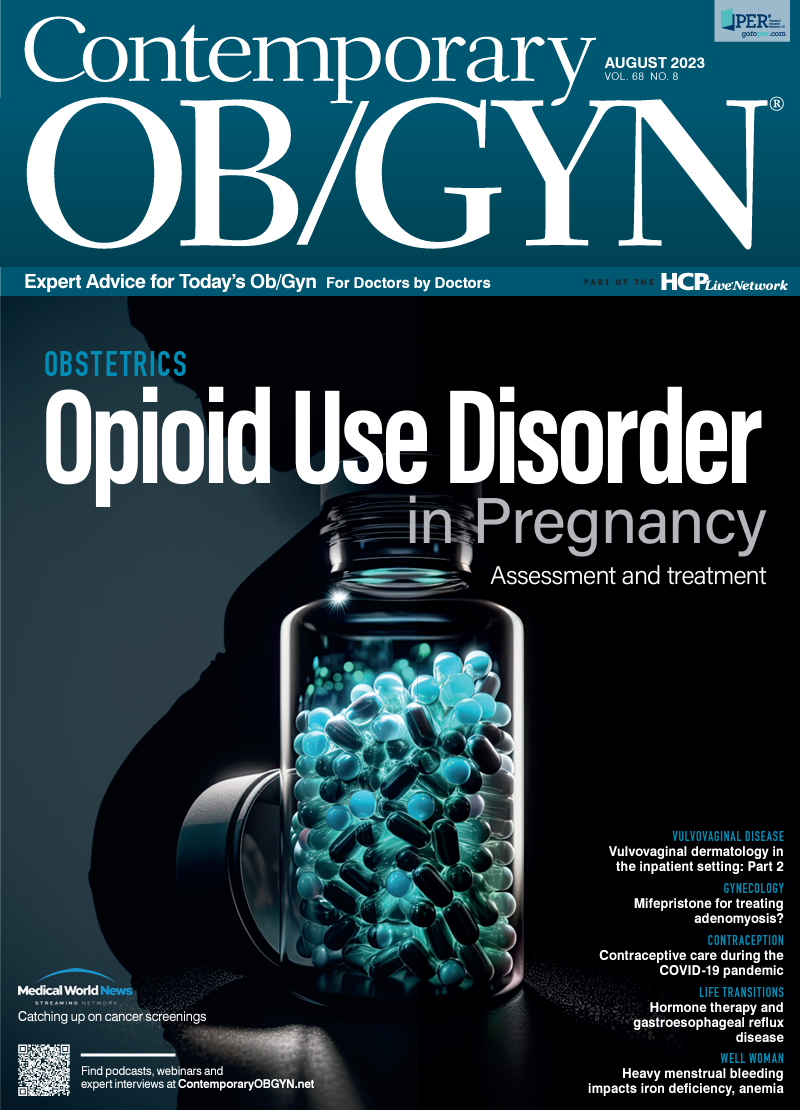How childhood experiences impact age acceleration
In a recent study, participants with 4 or more adverse childhood experiences were more likely to experience increased epigenetic age acceleration.
How childhood experiences impact age acceleration | Image Credit: © Monkey Business - © Monkey Business - stock.adobe.com.

According to a recent study published in JAMA Network Open, adverse childhood experiences (ACEs) increase the risk of epigenetic age acceleration (EAA) in midlife adults.
There have been multiple adverse outcomes associated with ACEs, including behaviors which increase health risks and accelerate the aging processes. Data hasindicated an association between ACEs and epigenetic pathways linked to biological aging. ACEs have also been linked to EAA later in life.
Despite an indicated association between ACEs and EAA, there have been few studies researching how adult race and sex impacts these processes. To further understand the association between ACEs and EAA, investigators conducted a multicenter prospective cohort study.
Patients included male and female individuals aged 18 to 30 years who self-reported as Black or White race. There were 5115 participants at baseline, with 8 follow-ups conducted. DNA methylation data, along with ACEs and covariates variables, had to be available for inclusion.
EAA was measured using the intrinsic EAA (IEAA), extrinsic EAA (EEAA), PhenoAge acceleration, GrimAge acceleration, and Dunedin Pace of Aging Calculated from the Epigenome (DunedinPACE) epigenetic age estimators. These tools allowed health, life span, and pace of aging to be calculated.
Participants responded to the Childhood Family Environment questionnaire, which included topics such as if respondents felt loved, were marked from getting hit, had received physical affection, lived with an alcohol or drug abuser, had been sworn at or insulted, had felt their family knew what they were up to, and lived in a well-organized house.
Questionnaire responses ranged from 1 to 4 based on the Likert scale. This allowed investigators to obtain data on ACEs. Risky environments were considered those with verbal or emotional abuse, physical violence, or household substance use issues. Environments with less than 4 ACEs were compared to those with 4 or more ACEs.
Covariates included race, age, sex, study center, physical activity, smoking status, alcohol consumptions, socioeconomic status (SES), body mass index, and SES in adulthood. Study periods included Y15 from 2000 to 2001 and Y20 from 2005 to 2006.
There were 895 participants in the Y15 cohort, 35.6% of which were Black and 64.4% White. In comparison, the Y20 cohort contained 867 participants, 35.3% Black and 64.7% White. In both cohorts, the number of male and female participants was nearly even.
When measured using IEAA, EEAA, and DunedinPACE models, associations were found between ACEs and EAA. Increased EAA was found in patients with at least 4 ACEs compared to patients with 3 or less in both the Y15 and Y20 groups.
Greater changes in intrinsic epigenetic age, extrinsic epigenetic age, and first-generation estimators over a 5-year period were also found in participants with 4 or more ACEs. However, differences were not observed in second- or third-generation estimators.
Overall, ACEs were associated with increased EAA. Investigators recommended further research on the time frames between ACEs and EAA.
Reference
Kim K, Yaffe K, Rehkopf DH, et al. Association of adverse childhood experiences with accelerated epigenetic aging in midlife. JAMA Netw Open. 2023;6(6):e2317987. doi:10.1001/jamanetworkopen.2023.17987

Importance of reproductive health services for adolescents during the COVID-19 pandemic
October 30th 2024In a recent study, high rates of reproductive health service use were reported among adolescent mothers, indicating the benefits of this model for providing care when other options are unavailable.
Read More
Increasing ondansetron use reported against NVP in the United States
October 29th 2024Despite being recommended as a third-line therapy, rates of ondansetron use to treat nausea and vomiting in pregnancy have increased, making it the most common prescription antiemetic against this condition in the United States.
Read More
Study finds high rates of incidental MRI findings in endometriosis cases
October 29th 2024A recent study highlights the frequent occurrence of incidental findings on pelvic magnetic resonance imaging for endometriosis, emphasizing the need for radiologists to focus on those with higher clinical significance.
Read More
